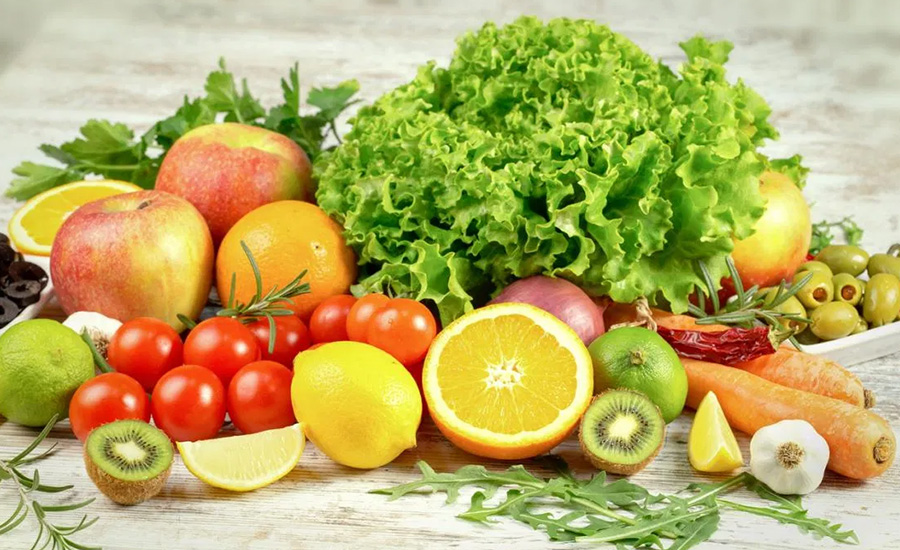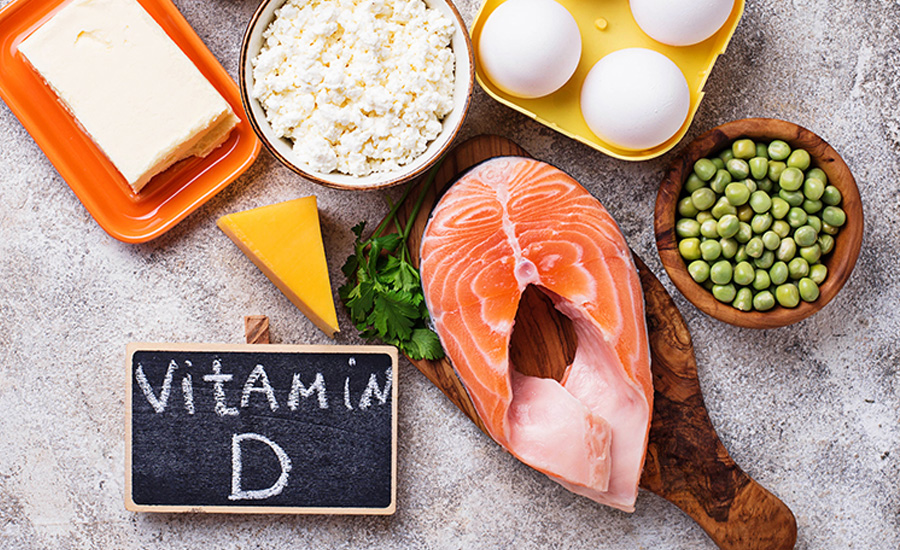Vitamins
The word vitamin was coined by the Polish biochemist Casimir Funk in 1912. Vita means life in Latin, while the suffix -amin comes from the fact that all vitamins were once thought to be amines (although it is now known to be incorrect).
Vitamins are organic compounds needed in small quantities to sustain life. Most vitamins need to be obtained from food. This is because the human body either does not produce enough of them or does not produce them at all.
If we do not take vitamins with our diet for a long time, the biochemical activities in our body will be disrupted, and we may face various health problems. One of these health problems is the decrease in the immunity of our body’s immune system. Because vitamins also play an active role in strengthening our immune system.
Every organism has different vitamin requirements. For example, humans need to consume vitamin C or ascorbic acid, while dogs can produce or synthesize enough vitamin C for their own needs.
People need to get most of their vitamin D from exposure to sunlight because it is not found in large enough amounts in food. However, the human body can synthesize it when exposed to sunlight.
Different vitamins have different roles and are needed in different amounts.
Some facts about vitamins
Here are some key points about vitamins.
- There are 13 known vitamins.
- Vitamins are either water-soluble or fat-soluble.
- Fat-soluble vitamins are easier for the body to store than water-soluble ones.
- Vitamins always contain carbon; thus, they are described as “organic.”
- Foods or supplements recommended by the physician can be used as a source of vitamins.
The vitamin is one of a group of organic substances found in very small quantities in natural foodstuffs. Vitamins are necessary for normal metabolism. When any vitamin is not taken enough, certain medical conditions can occur.
Two meanings of vitamin:
- It is an organic compound and contains carbon.
- It is an essential nutrient that the body cannot produce enough and must get from food.
- There are 13 known vitamins.
- Vitamins are either fat-soluble or water-soluble.
Fat-soluble vitamins
Fat-soluble vitamins are stored in the fatty tissues of the body and liver. Vitamins A, D, E, and K are fat-soluble vitamins. They are easier to store than water-soluble vitamins and can remain in the body as a reserve for days, sometimes months.
Fat-soluble vitamins are absorbed through the intestines with the help of fats.
Water soluble vitamins
Water-soluble vitamins do not stay in the body for long. The body cannot store them, and they are quickly excreted in the urine. Therefore, deficiencies of water-soluble vitamins need to be filled more frequently than fat-soluble vitamins.
Vitamin C and all B vitamins are water-soluble.
Types of Vitamins:
Vitamin A
Chemical names: Four carotenoids, including retinol, retinal, and beta carotene.
Fat-soluble
Food Sources: Liver, cod liver oil, carrot, broccoli, sweet potato, butter, kale, spinach, pumpkin, collard greens, cheese, egg, apricot, cantaloupe, and milk.
Vitamin B
Chemical name: Thiamine.
Water soluble
Food Sources: Yeast, grains, sunflower seeds, brown rice, whole grain rye, asparagus, kale, cauliflower, potato, orange, liver, and egg.
Vitamin B2
Chemical name: Riboflavin
Water soluble
Food Sources: Asparagus, banana, date, okra, chard, cottage cheese, milk, yogurt, meat, egg, fish, and green beans.
Vitamin B3
Chemical names: Niacin, niacinamide
Water soluble
Food Sources: Liver, heart, kidney, chicken, beef, fish (tuna, salmon), milk, egg, avocado, date, tomato, leafy vegetables, broccoli, carrot, sweet potato, asparagus, nuts, whole grains, legumes, mushrooms, and Brewer’s yeast.
Vitamin B5
Chemical name: Pantothenic acid,
Water soluble.
Food Sources: Meat (beef, chicken, turkey, and especially liver and kidney), fish (salmon, lobster, shellfish), vegetables (avocado, broccoli, sweet potato, corn, cauliflower, kale, and tomato), cereals: (Whole grain bread, and cereals. Whole grains are a good source of vitamin B5 but milling can remove up to 75 percent of the B5 content.), dairy products (egg yolks, milk, yogurt, and dairy products), legumes (lentils, peas, and soybeans)
Vitamin B6
Chemical names: Pyridoxine, pyridoxamine, pyridoxal
Water soluble.
Food Sources: Meats, bananas, whole grains, vegetables, and nuts. When milk is dried, it loses about half B6. Freezing and canning can also reduce the content.
Vitamin B7
Chemical name: Biotin
Water soluble.
Food Sources: Egg yolk, liver, and some vegetables.
Vitamin B9
Chemical names: Folic acid, folinic acid
Water soluble.
Food Sources: Leafy vegetables, legumes, liver, baker’s yeast, some fortified cereal products, and sunflower seeds. As in beer, moderate amounts are found in a few fruits.
Vitamin B12
Chemical names: Cyanocobalamin, hydroxocobalamin, methylcobalamin
Water soluble.
Food Sources: Fish, shellfish, meat, poultry, egg, milk and dairy products, some fortified cereals and soy products, as well as fortified nutritional yeast.
Vegans are advised to take B12 supplements.
Vitamin C
Chemical name: Ascorbic acid
Water soluble.
Food Sources: Fruits and vegetables. The liver also contains high levels. Cooking destroys vitamin C.
Vitamin D
Chemical names: Ergocalciferol, cholecalciferol
Fat-soluble.
Food Sources: Exposure to ultraviolet B rays (UVB) through sunlight or other sources causes vitamin D to be produced in the skin. It is also found in fatty fish, eggs, beef liver, and mushrooms.
Vitamin E
Chemical names: Tocopherols, tocotrienols
Fat-soluble.
Food Sources: Kiwifruit, almond, avocado, egg, milk, nuts, leafy green vegetables, unheated vegetable oils, wheat germ, and whole grains.
Vitamin K
Chemical names: Phylloquinone, menaquinone
Fat-soluble.
Food Sources: Leafy green vegetables, avocado, kiwi. Parsley contains large amounts of vitamin K.


